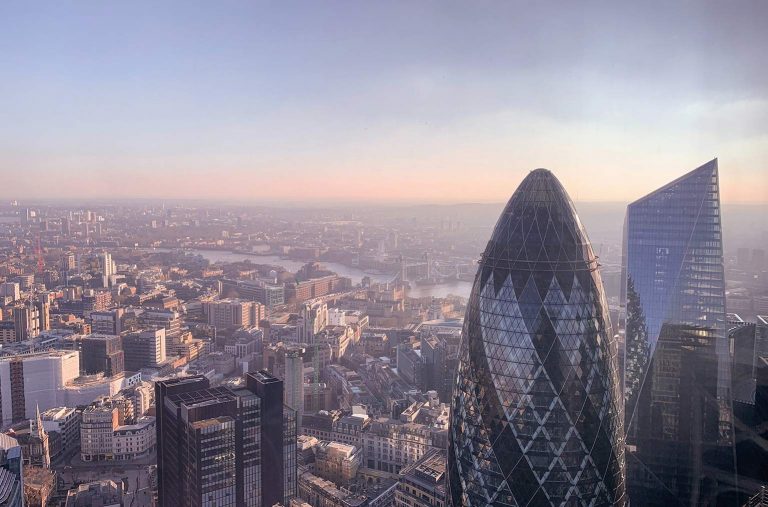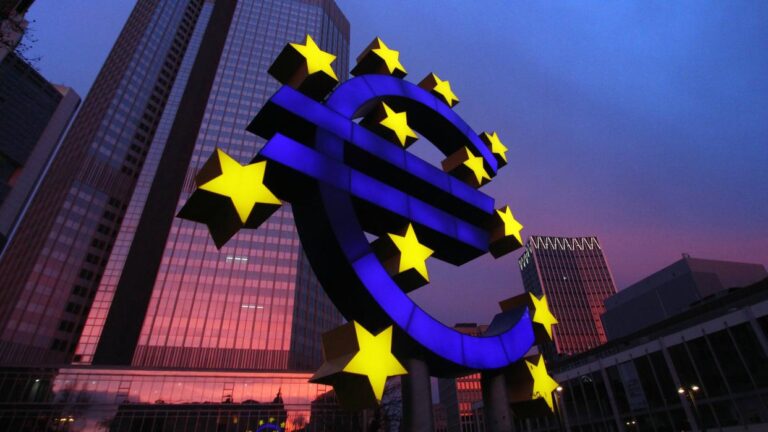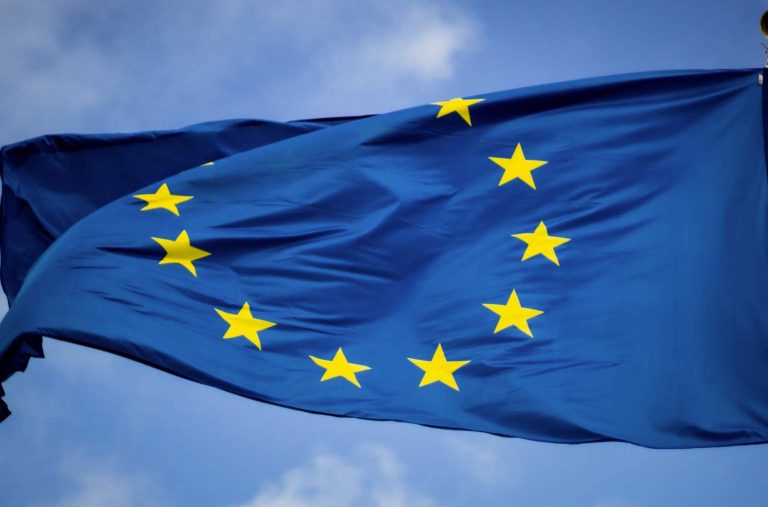
Morning Brief – It’s still coming home..
But not for the three lions on a shirt. Instead, one line on a chart: retail sales. The release from the latest coronavirus lockdown saw investors, consumers and businesses alike participate in the economy in a way they hadn’t since the pandemic begun. The explosion of demand into markets from pent-up consumers saw significant price inflation in isolated pockets of the economy and, more importantly, widespread growth that outpaced expectations. The strong economic fundamentals of the UK economy supported GBP and bolstered the outlook for UK growth. However, in May as momentum slowed, the market began to seriously question whether this huge economic boost could be sustained.
Combined with labour shortages, the prevalence of variants of concern amongst the UK population stoked fears of a systemic delay to the return of pre-Covid levels of economic activity. Those same sectors that provided the driving force for economic growth in the first quarter of the year, namely retail, construction and manufacturing, were seemingly failing to sustain further growth. With respect to GBP, slowing growth data was a contributing factor to the eventual rejection of higher valuations with prices failing to rise above 1.17 on GBPEUR and 1.42 on GBPUSD.
A total collapse of economic growth was staved off by the hospitality and leisure sectors whose phased reopening provided alternative sources of growth within other sectors of the economy. As the second half of the year progresses, the picture is shifting. It appears the summer weather and accompanying sporting events located physically and with significant interest in the UK economy could have provided a further economic boost in the second half of this year. Retail sales data shows spending by UK consumers on everything from TV sets to food and beverage had a material impact upon economic activity. Fashion and footwear during the two week summer the UK enjoyed in early June was also a tangible driver of consumer spending.
The retail sales data goes some way to staving off concerns of a waning UK economy following meteoric first quarter growth. There remain concerns over more timely high frequency data that purports to show a more reserved consumer when measured by fast moving indicators including mobility data, restaurant bookings and credit card spending. Nonetheless, GBP should be supported by evidence of sustained economic momentum. Sure, it might be less ‘a bucket of vindaloo’ and more Curry’s PC World, but Euro 2020 has definitely come home to roost one way or another.
Discussion and Analysis by Charles Porter

Click Here to Subscribe to the SGM-FX Newsletter
Related Insights

Daily Brief – Chancellor Reeves
Chancellor Reeves Market observers were no better informed at the end of the Rachel Reeves speech than they were at the outset yesterday morning. The only surprise was that having comprehensively floated options in the past two months for inclusion in her November 26 Autumn Statement, that the Chancellor should have elected to speak at […]

Daily Brief – Eurozone Growth
Eurozone Growth Those productive Germans have for the second month been less productive it turns out in December which was a surprise to the pointy heads deputed to monitor EU stats. The story is as follows: the German services sector remains relatively resilient but manufacturing output has declined. At present the French economy is doing the […]

Daily Brief – European Job Vacancies
European Job Vacancies Here’s a chart which made us sit up and reflect on how things differ across the larger European economies. Looking at job vacancies in 2020 at the time of the pandemic versus today, France and Germany have approximately 15% more jobs on offer whereas Spain has 53% more and Italy a stonking […]



 Humphrey Percy
Humphrey Percy